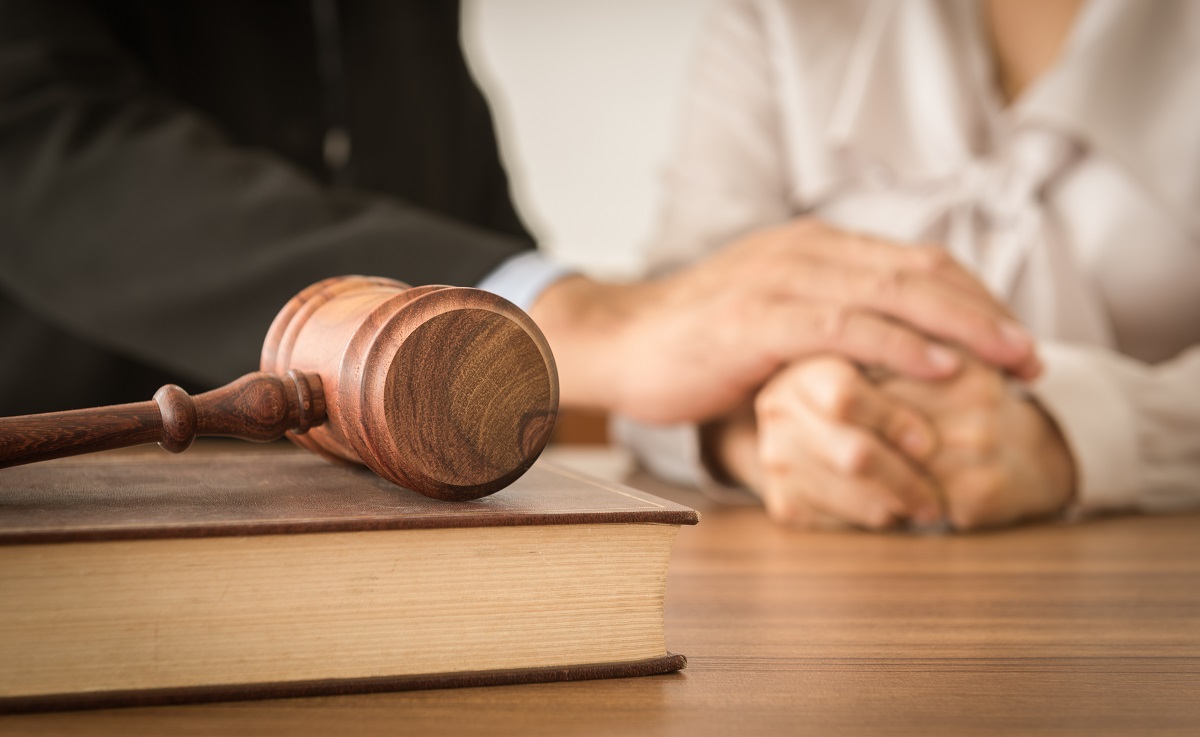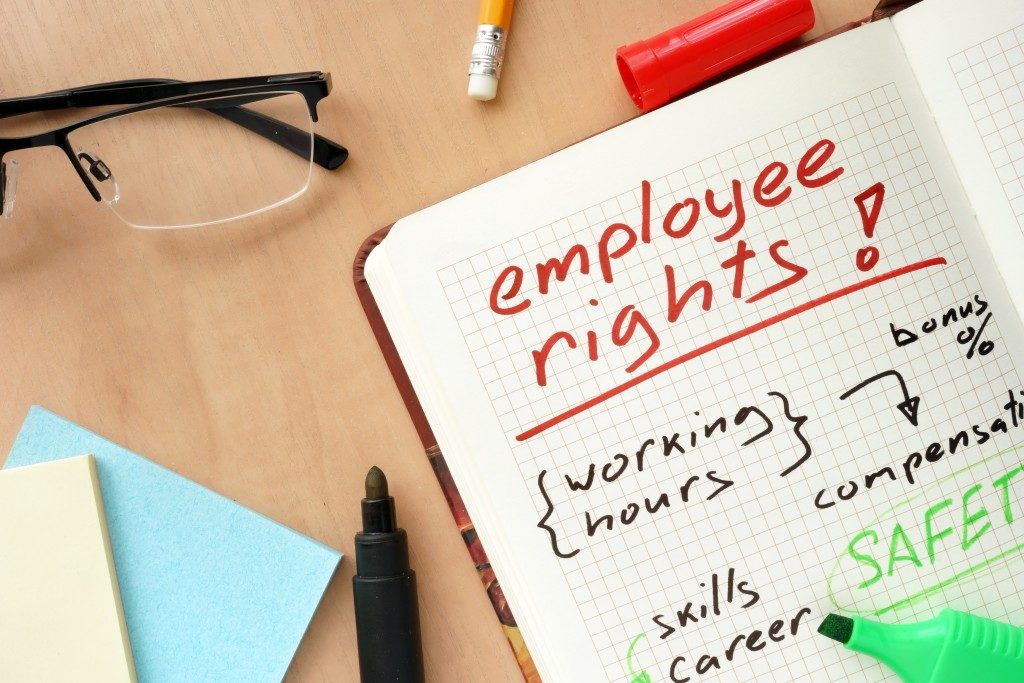An individual can get hurt in a variety of different ways. Whether this can come because of a person’s fault, or a vehicular accident without anyone to blame, injuries can happen at any given moment. But there are certain instances that accidents are another individual’s fault, which is often caused by negligence.
When injuries and wounds are the faults of another individual, there’s a good chance of recovering compensation for damages in injuries. It’s easy knowing whose fault it is in certain situations, and in other times, it’s a bit more complicated.
So how will we know who is to blame for such injuries? What are different types of personal injury cases that you can file for? Here’s what you’ll need to know.
Types of Injuries and Who Is Liable
Some of the most common types of injuries that can happen in the workplace and outside the workplace include:
- Vehicular accidents
- Work-related injuries
- Slips and falls
- Intentionally inflicted wounds
- Physical trauma from accidents
Contrary to what most people believe, emotional distress isn’t considered a personal injury claim since it is non-economic damage. There’s no specific logical way of quantifying the suffering of the individual. But in certain situations, compensation is usually done by determining the impact of the distress in the individual’s daily life.
Ultimately, each personal injury case is situational and will be determined by key factors on the nature of the injury and what happened. So what are some known cases that involve personal injuries? Here’s what you’ll need to know.
Businesses and Corporations
Other than injuries related to vehicular accidents, small businesses, cooperatives, organizations, and conglomerates can be held liable and legally responsible for injuries and damages, depending on the nature of the industry. Personal injury cases like slips and falls usually stem from physical hazards involving business establishments or corporations that own particular property.
Additionally, vicarious liability charges can make an employer liable for most work-related injuries that involve their employees. The employer doesn’t have to be present at the time of the accident to be held accountable. For instance, consider a theoretical car accident that involves two employees of a company. The vehicle involved in the accident is a delivery truck owned by the employer for making deliveries and logistical support. Under such a case, the driver will be, and both the employer will be at fault for the accident. This means that the employer is legally responsible for the negligence on the part of the employee, especially in causing accidents.
Strict Liability Cases
While the concept of negligence liability applies to the majority of cases in personal injuries, some personal injuries are outside the bounds of business conglomerates and organizations. Certain claims will usually use a rule of liability that’s called strict liability. This type of case will usually involve using products that do not function how they were supposed to function or defective. In certain situations, some types of products are dangerous to human health.
In most cases that involve an accident or personal injuries, the individual that’s filing the case will need to prove that someone has acted carelessly, which has caused the injury. But when it comes to strict liability cases, the individual might have already recovered from injuries caused by a certain product without having to prove negligence. But even though there’s no need for proof regarding negligence, the product must still be proven to be dangerous and the main cause of the injuries inflicted.
The last thing that most manufacturers and businesses want is to place their products in a bad light. That said, manufacturers will do everything needed to reimburse the person who’s injured and making necessary changes to ensure that it’s safe for the general public’s use.
Whether it’s a vicarious liability case or a strict liability case, you must consult a legal expert that’s well-versed in the matter before making any final decisions regarding cases. Accidents involving slips, falls, and vehicles can often lead to injuries in the spinal cord and much of the body’s skeletal system, which can cause long-term movement hindrance and permanent health complications. Fortunately, some spinal cord injury lawyers can help you file the right case while providing professional counsel on legal matters.
There are various factors that individuals will need to consider right before filing a case of negligible liability. It can’t be rashly done as there’s a chance they might lose. No matter what the situation might be, it’s best to first consult with a legal expert on the best course of action.




